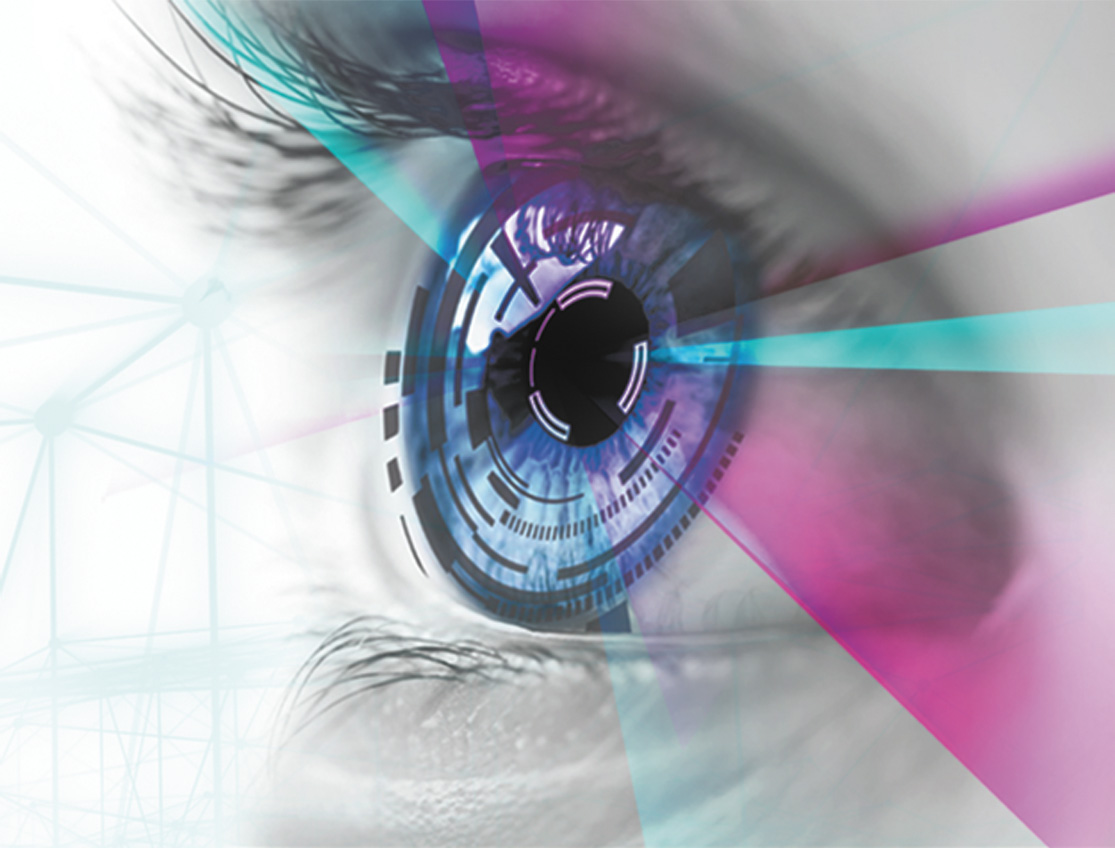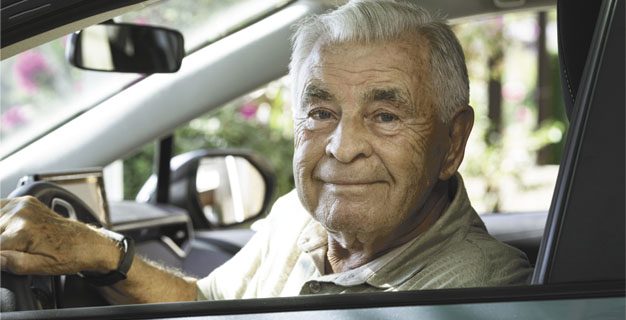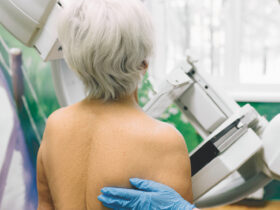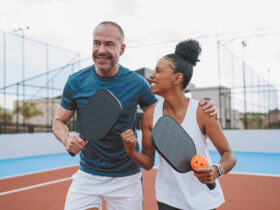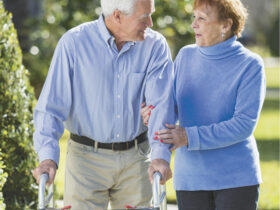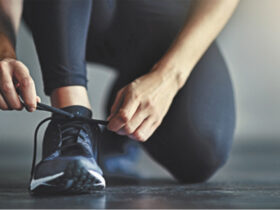By Shannon Willits, Master Pilates Educator
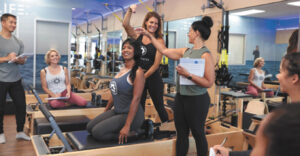 Shannon Willits is a Master Pilates Educator with over 20 years of experience in functional movement and athletic performance. She is STOTT-certified, a Fellow of Applied Functional Science (FAFS), and a Functional Golf Specialist, bringing expertise to both rehabilitation and sport-specific training. As the owner of four Club Pilates studios in Lee County, FL, she trains and mentors aspiring instructors through her Southwest Florida Pilates Academy and inno- vative apprenticeship model. Shannon is also the host of the Alignment Matters Podcast, where she shares insights on Pilates, movement science, and wellness.
Shannon Willits is a Master Pilates Educator with over 20 years of experience in functional movement and athletic performance. She is STOTT-certified, a Fellow of Applied Functional Science (FAFS), and a Functional Golf Specialist, bringing expertise to both rehabilitation and sport-specific training. As the owner of four Club Pilates studios in Lee County, FL, she trains and mentors aspiring instructors through her Southwest Florida Pilates Academy and inno- vative apprenticeship model. Shannon is also the host of the Alignment Matters Podcast, where she shares insights on Pilates, movement science, and wellness.
Longevity Link Between Learning and Cognitive Health
According to data from the World Health Organization, approximately 55 million people live with dementia worldwide, with nearly 10 million new cases every year. Yet recent longitudinal studies show that adults who regularly engage in learning—particularly those who adopt complex, multi-modal skill acquisition later in life—have significantly lower risks of cognitive decline.
The Mayo Clinic Study of Aging found that adults who participate in cognitively stimulating activities, such as learning new physical disciplines, experience a 26% reduction in mild cognitive impairment over a five-year period. Meanwhile, the Harvard Aging Brain Study reported that consistent stimulation of motor planning and proprioception, two of the central systems engaged in movement education, slows the rate of age-related cortical thinning.
In short: learning new things keeps the brain alive. Learning movement keeps the brain and body thriving.
Learning Movement = Supercharged Brain
Unlike passive learning models such as reading, podcast listening, or lecture attendance, the study of Pilates is a form of embodied learning, where the body is the student and the subject. One must not only absorb information intellectually but integrate it through breath, alignment, observation, and kinesthetic refinement.
This form of learning involves simultaneous processing of visual, auditory, and tactile input. Engaging multiple senses at once activates several regions of the brain, including areas responsible for coordination, memory, and executive function.
Research from the National Institutes of Health indicates that this type of sensory-rich motor learning produces measurable neurological benefits over time:
. Increased formation of new brain cells and strengthened neural pathways
. Greater brain volume in regions associated with movement and control
. Improved emotional regulation and reduced physiological stress
When adults learn how to move with precision and purpose—especially through a method like Pilates, which demands controlled attention and somatic intelligence—they are not only exercising muscles. They are actively preserving cognitive longevity.
Moving Well to Age Well
The term physical literacy refers to the ability to move with competence, confidence, and understanding across a wide range of activities. While often used in youth development, this concept is perhaps more crucial in aging populations. As we age, maintaining balance, coordination, and adaptability becomes the difference between independence and fragility.
Deep engagement with a method like Pilates, particularly through structured study, enhances this literacy in ways casual participation cannot. It invites the practitioner to study joint mechanics, breath mechanics, alignment patterns, and movement efficiency at a granular level. Over time, this produces:
. Better proprioceptive awareness
. Greater postural endurance
. Reduced risk of falls and repetitive strain injuries
. Improved circulation, respiratory function, and organ mobility
This is about function. And function is what sustains autonomy and vitality into one’s 60s, 70s, and beyond.
Psychological Renewal and Sense of Purpose
Research from the National Institutes of Mental Health shows that individuals who pursue meaningful learning experiences in midlife report higher levels of life satisfaction, emotional stability, and identity coherence. Purpose, in this sense, isn’t something found, it’s something forged through action.
When adults immerse themselves in a structured study of Pilates, they often describe a reawakening, physically and existentially. They begin to see their body not as something breaking down, but as something capable of healing, adapting, and communicating. For many, this shift creates an emotional pivot point: from decline to discovery.
Moreover, teaching what you’ve learned, even informally to friends or in small groups, amplifies that sense of purpose. Adult learners become knowledge keepers, mentors, and leaders in their communities. The neurobiological benefits of this are measurable: dopamine pathways linked to motivation and reward are activated not just through receiving information, but through sharing it.
The Hidden ROI: A Career that Supports Well-being
For those considering expanding their education into a formal certification pathway, such as Pilates instructor training, the return on investment often exceeds expectations. Not only do participants gain a skillset rooted in health science, but they also open doors to flexible, wellness-centered careers that can fit nearly any lifestyle.
In the U.S. Bureau of Labor Statistics’ 2023 employment outlook, the fitness instruction field is projected to grow 14% over the next decade, much faster than the national average. But within that, mind-body modalities like Pilates have the highest growth trajectory, especially as healthcare systems begin to integrate preventative movement into orthopedic, neurological, and women’s health protocols.
Professionals certified in Pilates are now employed across:
. Private studios and wellness centers
. Physical therapy and rehabilitation clinics
. Corporate wellness departments
. Concierge travel and retreat programs
. Online education and virtual instruction platforms
Whether as a primary profession, a side income, or a semi-retired pathway, movement education provides the rare combination of impact, freedom, and alignment with one’s personal wellness values.
A Return to Learning Is a Return to Vitality
In an age of quick fixes and surface solutions, deep study offers a rare and potent alternative: transformation through understanding. Pilates, as a system, asks us to pay attention to structure, to breath, to sensation, to self. That kind of attention is inherently healing.
Learning deeply, practicing, and studying the mechanics and meaning of movement improves cognition, extends vitality, builds resilience, and opens unexpected doors.
For those in midlife seeking more than maintenance — for those seeking purpose, contribution, and connection — returning to learning may be the wisest health decision they make.


